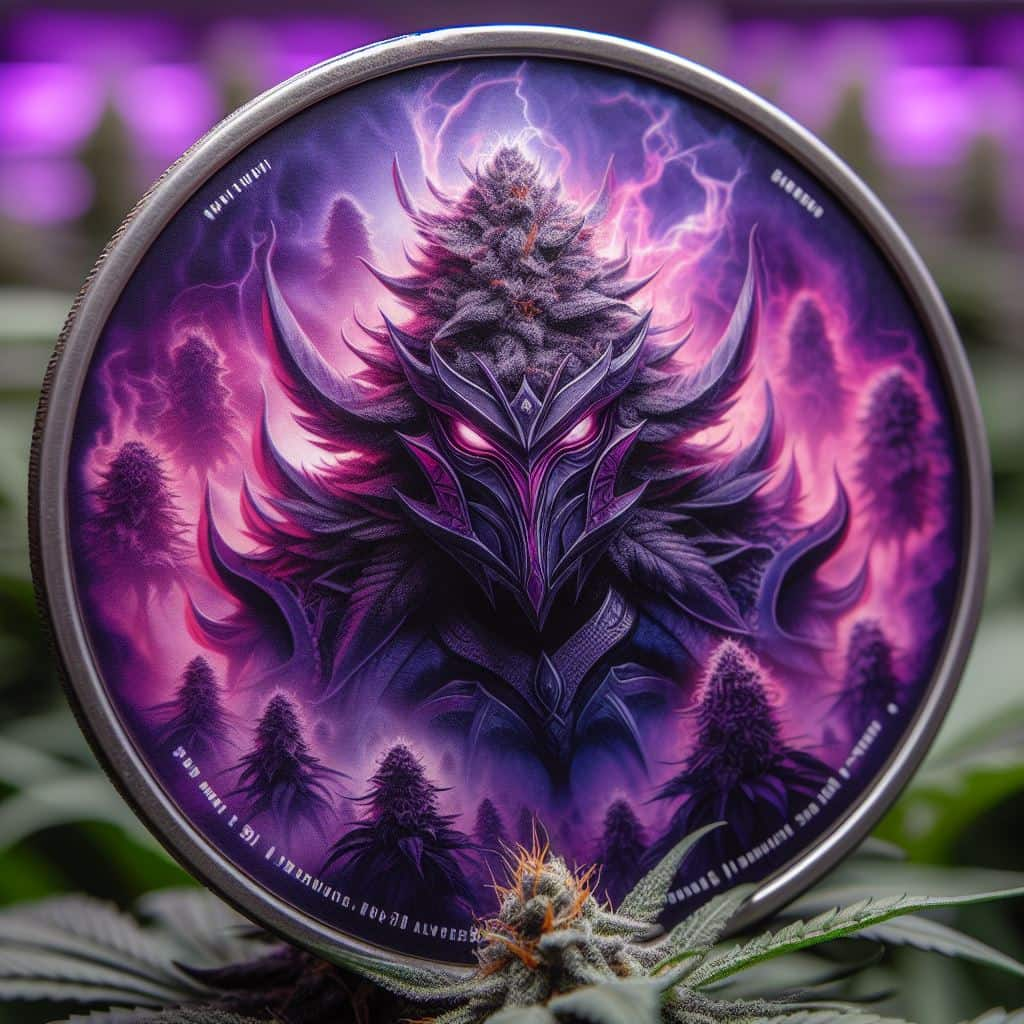
Your Premier Destination for Purple Kush Autoflower Seeds!
Unlock the Splendor of Growing a Time-Honored Indica Variety!
Dive into the Purple Kush Autoflower Experience!
Navigate the vibrant world of Purple Kush Autoflower Seeds, where the profound, tranquil effects of the Purple Kush strain are perfectly integrated with the practicality of autoflowering cultivation. Ideal for growers of various expertise, these seeds guarantee a smooth and rewarding cultivation experience, from the initial germination to the final harvest.
The Highlights of Purple Kush Autoflower Seeds!
- Classic Indica Qualities: Engage in the deep, comprehensive relaxation synonymous with Purple Kush, a top choice for those desiring a serene cannabis experience.
- Striking Purple Colors: Behold the breathtaking deep purple shades these plants exhibit, enhancing the aesthetic appeal of your growing area.
- Quick and Vigorous Growth: Benefit from the accelerated flowering phase and robust growth, making it an ideal option for cultivators aiming for efficient and plentiful yields.
- Flexibility in Growing Conditions: Cultivate sturdy plants from these seeds, known for their ability to prosper in various environmental settings, both indoors and outdoors.
Streamlined Cultivation Approach!
Purple Kush Autoflower Seeds are celebrated for their uncomplicated cultivation, ensuring a smooth growing process without sacrificing the harvest’s quality. These seeds naturally adapt through their growth stages, suitable for gardeners at any skill level.
Our Assurance of Seed Excellence!
We are committed to offering only top-tier seeds. Each set of Purple Kush Autoflower Seeds is meticulously tested to confirm their superior germination rates and genetic integrity.
Resources for Cultivation Enthusiasts!
Immerse yourself in our wide range of guides and resources, teeming with expert knowledge for growing, nurturing, and enhancing the yield of your Purple Kush Autoflower plants.
Engage in Our Passionate Cannabis Community!
Join our forum to connect with a community of enthusiastic growers and cannabis specialists. Share your cultivation experiences, exchange practical tips, and celebrate your achievements in a community that supports and values your growing endeavors.
Begin Your Cultivation Adventure!
Initiate your journey with Purple Kush Autoflower seeds today. Check out our store for exclusive offers and embark on nurturing a storied and immensely gratifying cannabis strain effortlessly!